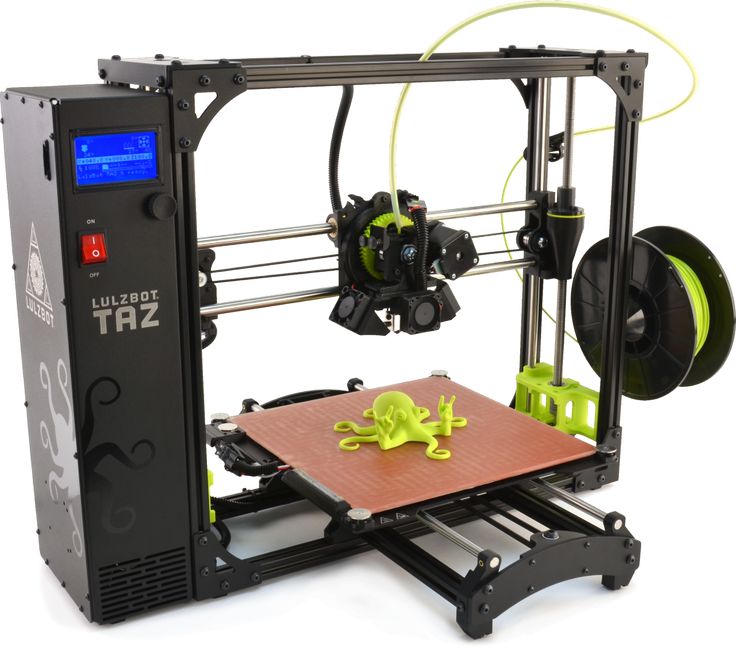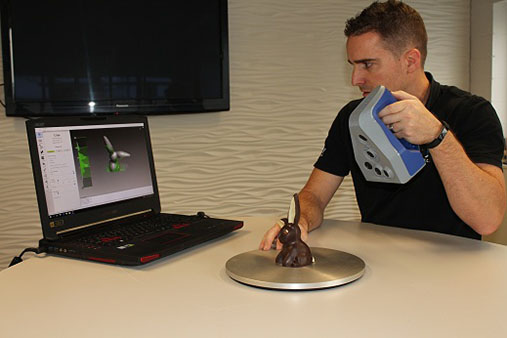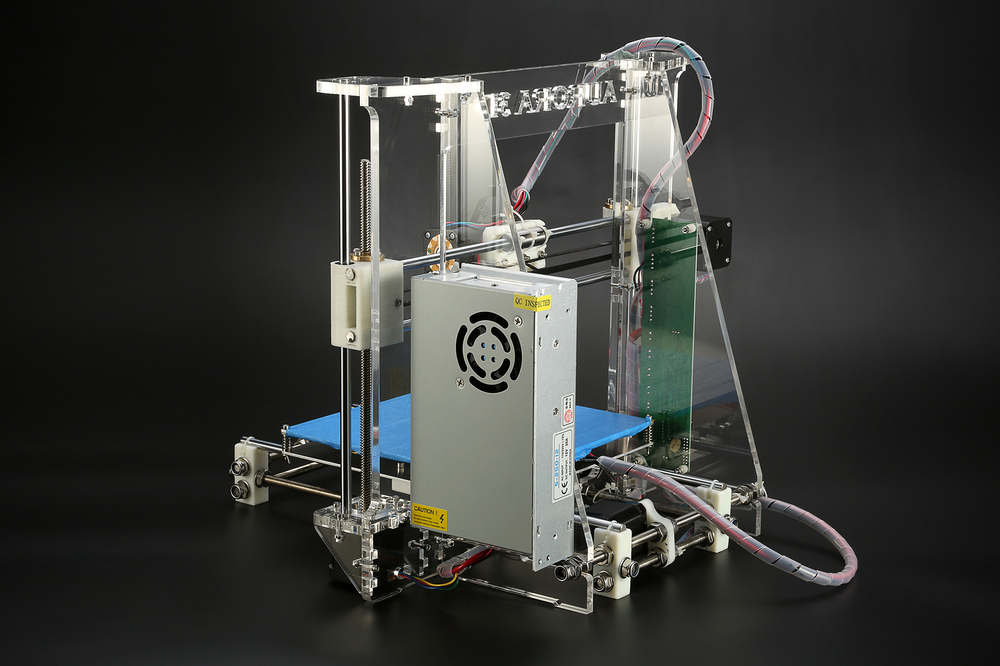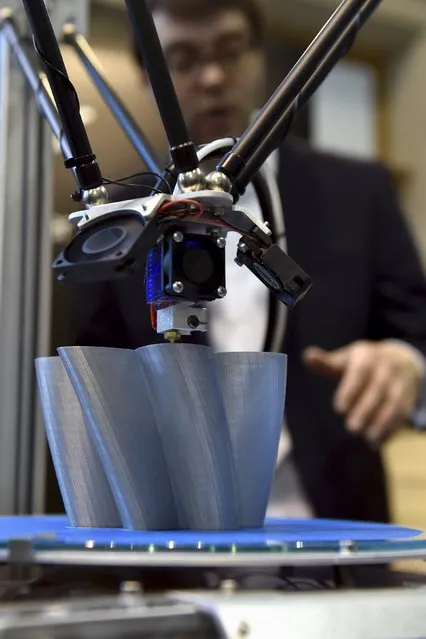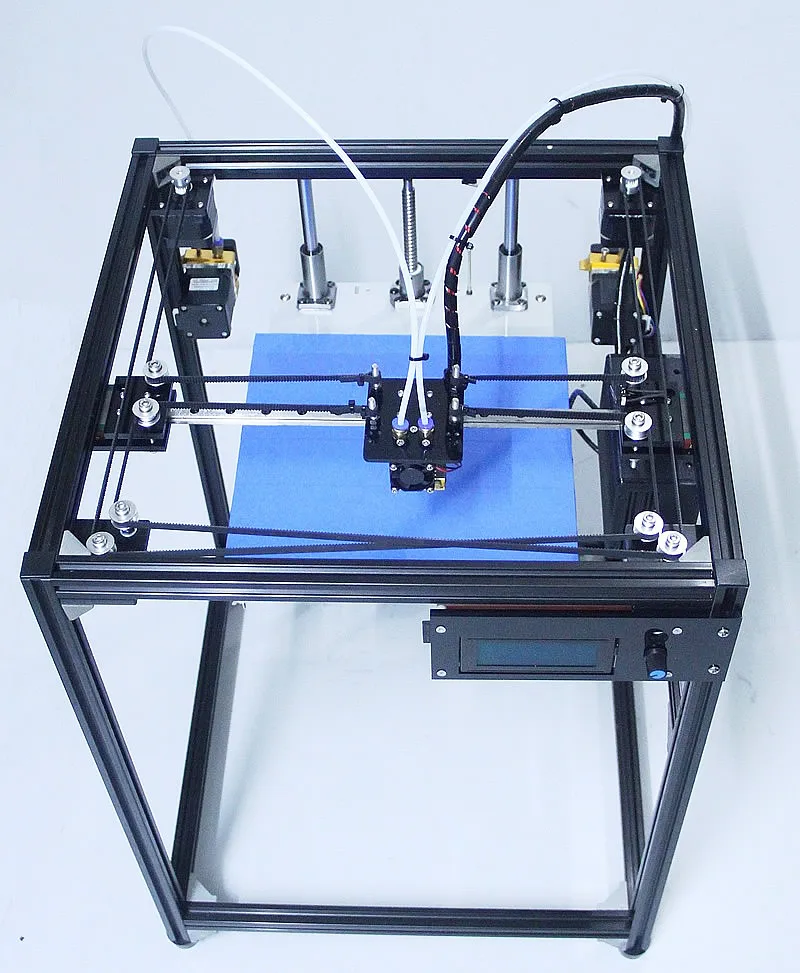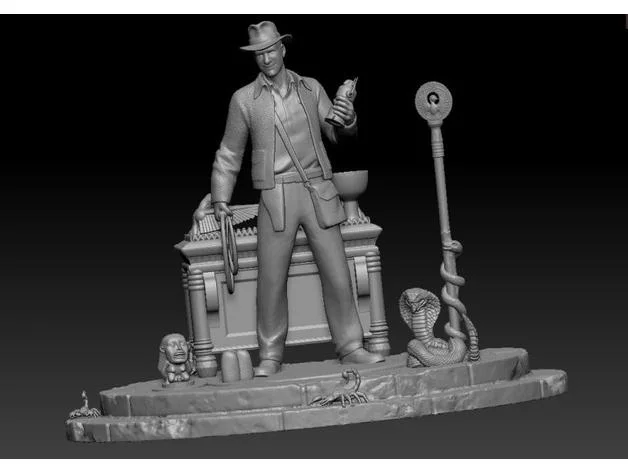3D printing service philippines
The 3D Services Pioneer in the Philippines
The Pioneer of 3D Services in the Philippines
How Can We Help You?
3D2GO is the only one-stop shop for everything 3D printing in the Philippines. We offer end-to-end full-service scanning, prototyping and printing with a streamlined process that guarantees a top quality end product.
3D Scanning
Digital capture an object's physical dimensions so it can be converted into a precise 3D representation.
3D Designing
We conceptualize your ideas into 3D Digitize any object in the form of industrial designs, concept models, and 3D models with texture and color.
3D Modeling
We create a reverse-engineered file using specialized 3d softwares to produce engineering files.
3D Printing
Now let's breathe life into that 3D design. In 3D printing or additive manufacturing.
Benefits of 3D Printing Technology and Applications
Lorem ipsum dolor sit amet, consectetur adipiscing elit. Ut elit tellus, luctus nec ullamcorper mattis, pulvinar dapibus leo.
Play Video about 3d video cover
OUR WORKS
GALLERY
CONTACT US
LET'S WORK
Click here
Testimonials
3D Use Cases
3D Printing, Scanning and Modelling can be useful in the following use cases.
Architecture
Create detailed three-dimensional models of buildings and other structures.
Automotive
3D can be used in the automotive industry to create prototypes of cars, car parts, and accessories.
Bobblehead
Add a unique and personal touch to your home or office. It is perfect for any room and makes a great gift for any occasion.
It is perfect for any room and makes a great gift for any occasion.
Engineering
Create models and designs of products or structures. Visualize and test out scenarios before moving forward with a project.
DIY Projects
If you love crafting and DIY projects, you need 3D in your life! Create unique and one-of-a-kind pieces. Let your imagination run wild.
Houseware
3d print your own houseware. Check out the latest 3d printing technology and get started!
Manufacturing
Create products with precision and accuracy never before possible. Get ahead of the competition with 3d!
Medical
From X-rays to MRIs, 3d technology is changing the way we see the world. Learn more about how it's helping medical professionals here.
Restoration
With 3D printing technology, you can restore statues, broken wares, and equipment.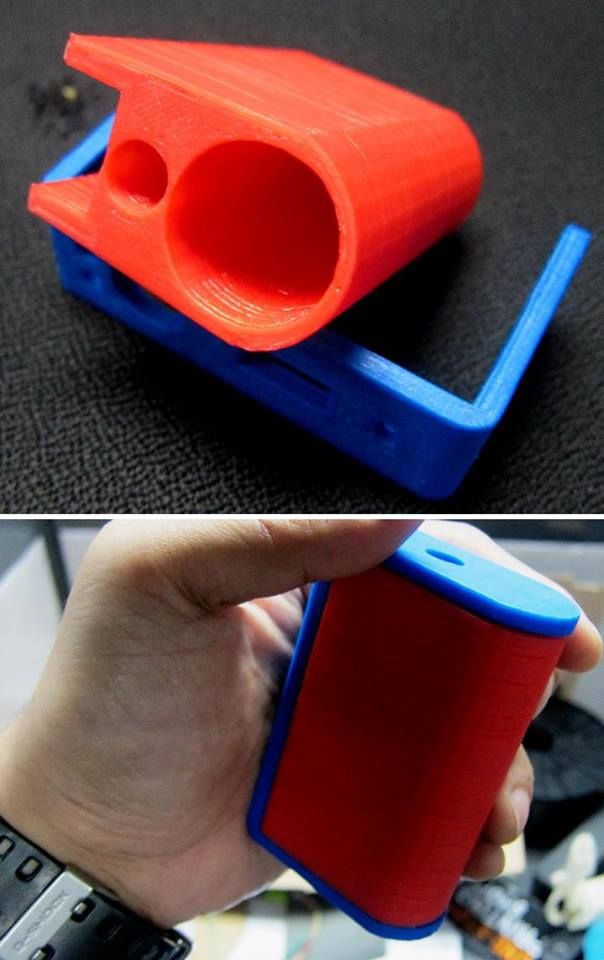
Toys
With 3d printing, you can make toys that are just as fun and exciting as the ones you buy. Go and create something new!
3D Scanning Services in the Philippines
Frequently Asked Questions
What is 3D Scanning?
Scanning in 3D is the process of determining the shape, dimensions, and important features of an object using a 3D scanner. The result of this is a 3D file of the object, which you can save, edit, or 3D print.
The Use of 3D Scanning
3D scanning makes it more convenient to capture and determine an object’s actual shapes, dimensions, and its finest details. It is an easier way to get a digital version of the item to create a 3D representation.
For businesses
- It helps businesses do engineering, designing, and manufacturing processes. It helps create products faster in high quality and low-cost processes.
For end-users/consumers
- Some people want to scan and print their favorite stuff.
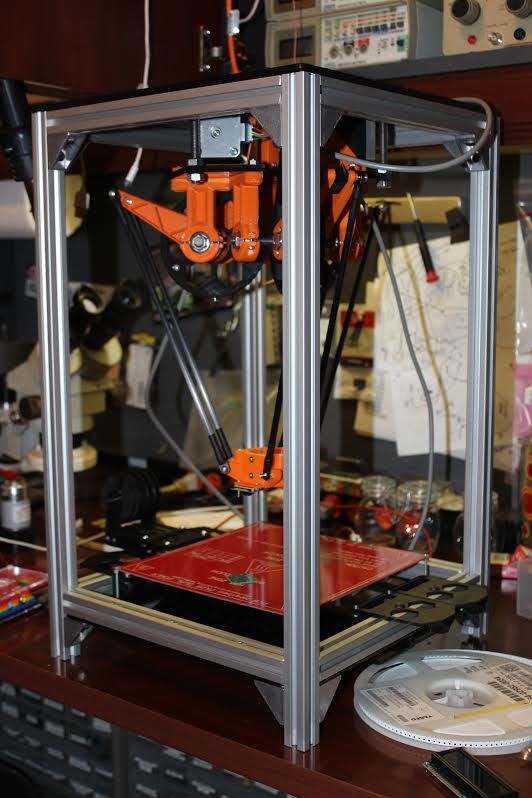 Through this innovative way, consumers can save time in design work.
Through this innovative way, consumers can save time in design work.
What are the Things that I Can 3D Scan?
Ever wonder what items you can 3D scan? In 3D2Go, we can scan almost any object, environment (such as a room), and even a person. Exceptions may be a building or a mountain.
3D Scanning Applications
Architecture - It helps scan and analyze high details when conducting architectural surveys. It has the ability to capture precise information that converts to vast savings in productivity and time.
Engineering - It helps in getting detailed measurements of an object. Analyzing mechanical properties is also simplified.
Automotive - It allows producing products related to automotive all around the globe through digital production.
Construction - We can use 3D scanning for construction to develop its interior and exterior 3D models. It can help in planning and designing renovations.
And many more.
3D Scanning and Modeling
Enjoy a quicker way to get a 3D file and transform it into a design that is ready for 3D printing with 3D scanning and modeling services.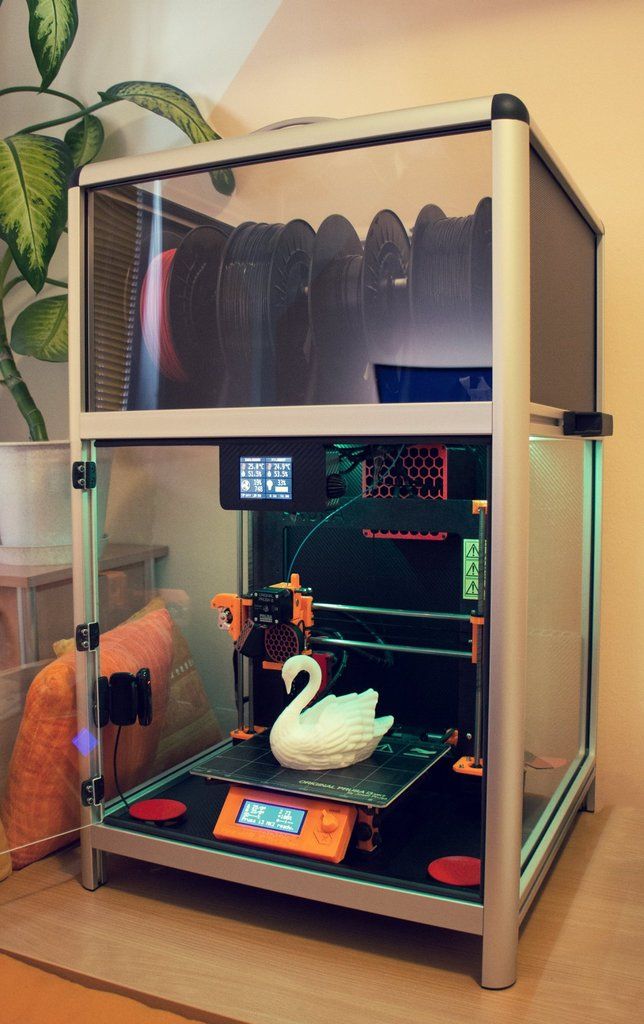
What is the advantage of scanning an object first before modeling?
Scanning an object first is a shortcut to obtain a 3D file. Although the file still needs to undergo modeling, it is easier for designers as they don’t have to start modeling from scratch. Their task will focus more on improving the design for a quality output.
Full-service 3D Scanning to 3D Modeling
3D2Go offers full service 3D scanning to 3D modeling services. We use advanced scanners that can handle the most complex shapes and measurements to generate accurate results.
We are more than willing to serve and help you with your 3D needs. With the help of our seasoned 3D modelers, 3D2Go guarantees a top-quality end product.
3D Scanning and Printing Services in the Philippines
In 3D2Go, we provide quality 3D scanning and printing services. We can scan and print objects as small as a coin and as massive as a vehicle with our state-of-the-art 3D scanners and 3D printers.
View the world in three-dimensional imagery with a digitally captured physical dimension of an object.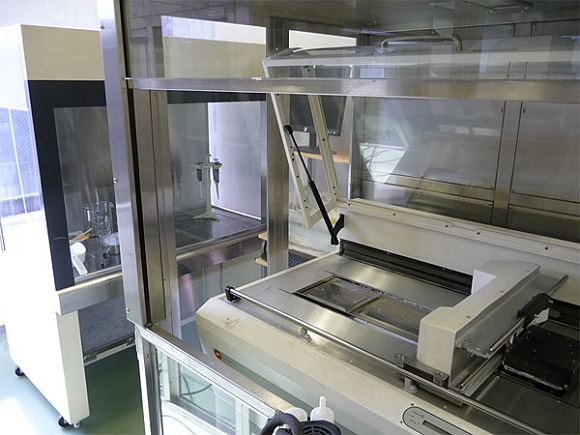 Connect with us today to experience a top-of-the-line 3D scanner company.
Connect with us today to experience a top-of-the-line 3D scanner company.
Philippine Hotel's First Printed Suite Coming Soon With its task, according to Lewis Yakic, the owner of the hotel, the giant 3D printer coped brilliantly in 100 hours, while implementing a rather complex design concept. The room printed in concrete at the Lewis Grand Hotel is the first comfortable hotel apartment in the history of mankind built in this way.
The owner of the hotel is Lewis Yakic from California, a structural engineer by profession, has accumulated solid experience in building houses in the United States to date. But the room built at the Lewis Grand Hotel most likely would not have been destined to go down in history if not for the idea of Lewis to involve Andrey Rudenko from Minnesota, widely known as the creator of a unique concrete 3D printer and the world's first 3D printed castle. from concrete.
A little about the author of the concrete 3D printer and his invention
A few words for those who are not familiar with the invention of Andrey Rudenko - a concrete 3D printer for the construction of large-scale building structures and solid houses.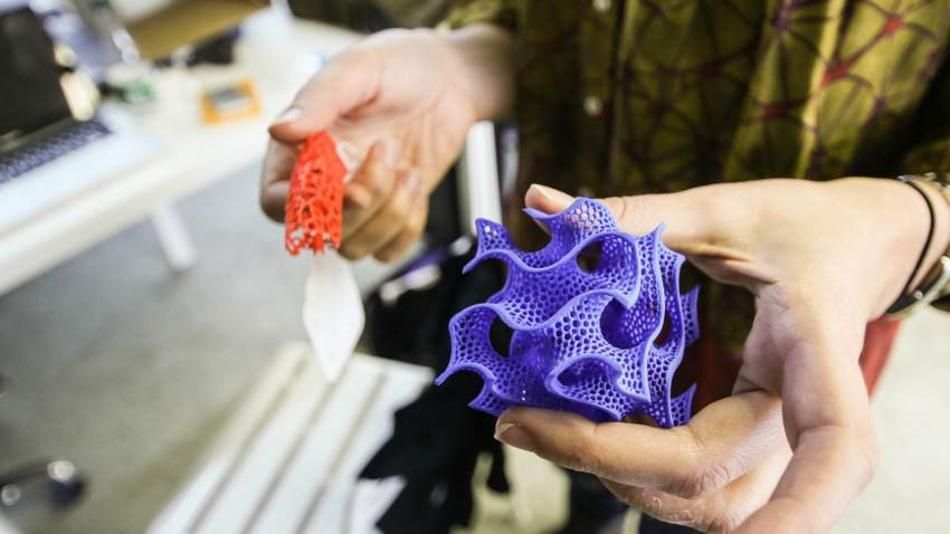 The first mentions of Rudenko's concrete 3D printer and the author of the invention are associated with Minnesota, where a concrete mini-castle was built as part of the experiment, which became Andrey's first experience.
The first mentions of Rudenko's concrete 3D printer and the author of the invention are associated with Minnesota, where a concrete mini-castle was built as part of the experiment, which became Andrey's first experience.
Building a castle using 3D printing
Having successfully completed the castle project, Rudenko returned to the idea of 3D printing a residential building. Initially, he planned to build his first home in Minnesota, but due to harsh climatic conditions and harsh winters, the Philippines and the Lewis Grand Hotel were chosen as the site for a subsequent, larger experiment.
Some difficulties were associated with the transportation of a large 3D printer from Minnesota. Fortunately, one of the most important issues is that the ingredients for the production of building mixtures were found in abundance in the region. The main components of the composition used as a filler were sand and volcanic ash. All structural elements of the hotel building are built from them. Another factor in the successful implementation of the planned plan was the climate of the Philippines, which favors the rapid drying of the building mixture.
Another factor in the successful implementation of the planned plan was the climate of the Philippines, which favors the rapid drying of the building mixture.
The dimensions of the Rudenko printer make it possible to carry out not element-by-element, but monolithic printing of structural elements, which eliminates the need for their subsequent assembly with the formation of joints.
Apartments in size of 10.5 m X 12.5 m and a height of 3 m are located in a separate extension to the main building of the hotel and have all the necessary for a comfortable rest - engineering communications, including water and power supply systems, modern plumbing kits, a jacuzzi, elements of heat and waterproofing systems and "Smart Home". The strength of the erected structure is increased due to reinforcement with steel reinforcement.
Perhaps using 3D printing at the current level of technology is not the fastest way to erect building structures with a predominance of rectilinear geometry, but where the concept of the architect and designer goes beyond the usual geometric shapes and involves the use of complex patterns, alternatives to 3D technology no.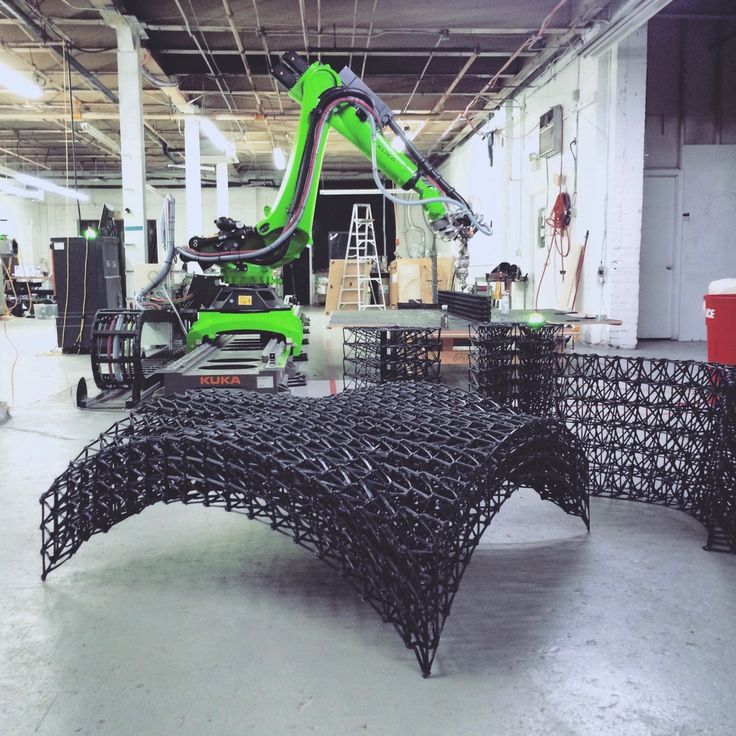 Using the Rudenko 3D printer, it is possible to apply layers of cement up to 10 mm high and up to 30 mm thick. The main advantages of the model are the speed, accuracy and accuracy of the operations performed.
Using the Rudenko 3D printer, it is possible to apply layers of cement up to 10 mm high and up to 30 mm thick. The main advantages of the model are the speed, accuracy and accuracy of the operations performed.
Serious help in optimizing the operation of the printer was provided to the inventor by the participants of the RepRap “self-copying 3D printer” project.
Larger 3D construction projects supported by professional construction companies are getting closer today in China, where the issue of cheap housing is most acute. The main research in the field of building 3D printing is carried out in Europe and the USA.
WinSun projects
In April last year, the Chinese company WinSun announced the successful completion of the construction of 10 houses with an area of 200 square meters. meters by 3D printing during the day! At the same time, the cost of each house made from industrial and construction waste was estimated at only 30,000 yuan = $ 4,800.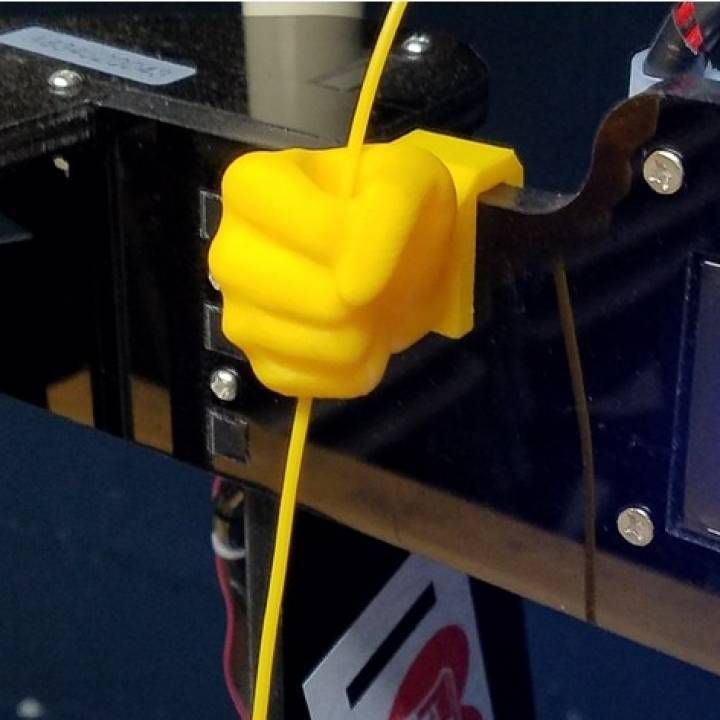 For element-by-element printing, a printer 32 meters long, 10 meters wide and 6.6 meters high was used. The walls and the frame, printed separately, were assembled into a single structure at the final stage. Naturally, it is inappropriate to talk about any architectural value of the houses printed in one of the districts of Shanghai Qingpu, as is the case with the Rudenko hotel room, but the Chinese definitely managed to lay the foundation for solving the problem of cheap housing.
For element-by-element printing, a printer 32 meters long, 10 meters wide and 6.6 meters high was used. The walls and the frame, printed separately, were assembled into a single structure at the final stage. Naturally, it is inappropriate to talk about any architectural value of the houses printed in one of the districts of Shanghai Qingpu, as is the case with the Rudenko hotel room, but the Chinese definitely managed to lay the foundation for solving the problem of cheap housing.
To ensure the pace of printing, the company has planned to set up at least 100 factories to recycle construction debris into ultra-efficient inks for construction 3D printers.
Less than half a year
WinSun set another record in the construction of large-scale 3D-printed structures six months after the completion of a project of 10 houses. This time, during the implementation of the pilot project, specialists erected a 5-storey residential complex and a quite respectable two-storey mansion in the Suzhou Industrial Park area.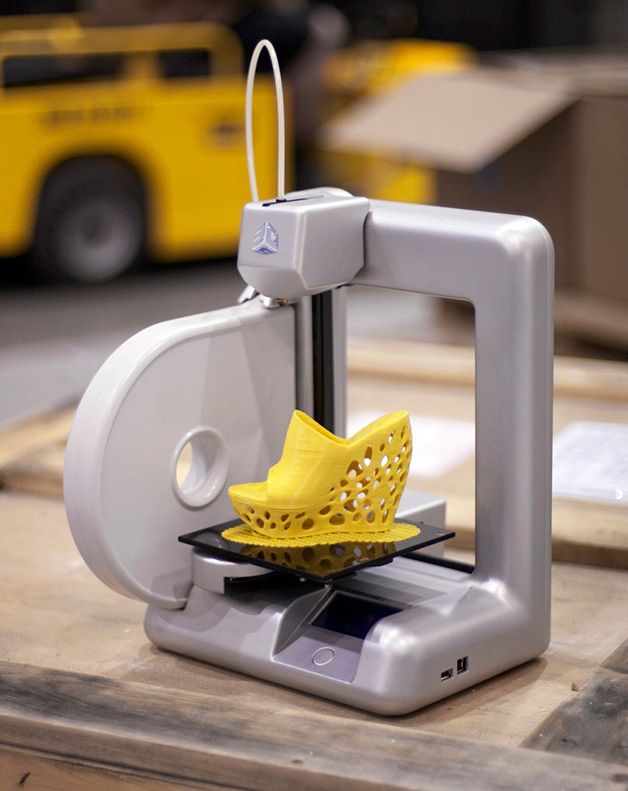
Building area 1100 sq. m.
After getting acquainted with the projects implemented by WinSun, Rudenko's achievement no longer looks like something incredible. At the same time, one of the main obstacles to the large-scale introduction of 3D construction technologies is the complete absence of unified national legislative and regulatory regulations. So far, the implementation of solid or prefabricated low-rise building structures looks much easier today, which Andrey Rudenko managed to brilliantly confirm by printing a chic room at the Lewis Grand Hotel in just 100 hours.
The successful completion of a suite at the Lewis Grand Hotel on a tight schedule is the best advertisement for Lewis Yakic, who has already signed a contract to build 20 more suites by November 2015. According to Rudenko himself, the use of an improved model of his 3D printer will allow printing up to 6 low-rise buildings per week using a similar technology, and, importantly, with a reduction of up to 60 percent in material and physical costs.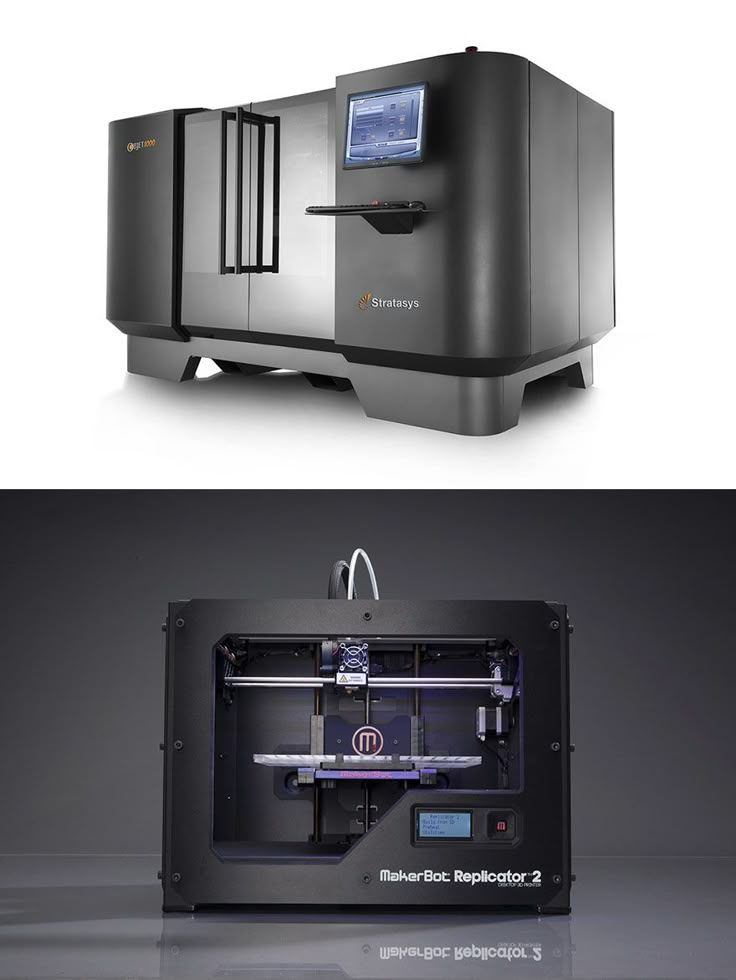 Well, while someone enthusiastically masters 3D printing of toy houses using small-sized printers, ABS and PLA plastic, for someone an individual 3D reality is measured by the number of printed square meters.
Well, while someone enthusiastically masters 3D printing of toy houses using small-sized printers, ABS and PLA plastic, for someone an individual 3D reality is measured by the number of printed square meters.
However, it's better to see it once:
Dear readers, we are always happy to meet and look forward to seeing you on the pages of the iCover blog! We are ready to continue to delight you with our publications and will try to do everything possible to ensure that the time spent with us is also enjoyable for you.
3D printers in construction: prospects for application
At first glance, 3D printing structures seem to be some kind of shell of a half-finished building. But upon closer examination, you will not find even a brick. Layers of material seem to build up one on top of the other - this is how a complex structure is created. It's a futuristic world of 3D printing where robotic arms automatically layer and compress layers of concrete or plastic or any other material into a foundation and build a structure.
This construction method is quite niche today - only a few prototypes of 3D houses and offices have been printed in the world. However, this technology represents an exciting and potentially powerful solution to building change.
What is 3D printing in construction, what is the potential, and will we be working on 3D printed projects in the near future?
- What is 3d printing in construction?
- 3D printers in construction: how is it done?
- 5 examples of innovation
- How can 3d printed projects help construction companies?
- 3D printing distribution
- Civil engineering 3D printing
- Wiki House technology - an open source project for 3D printing: what is behind the concept
- Reverse side of the coin
- How 3D printing can be integrated into construction
- About PlanRadar
3D printing in construction - what kind of technology?
3D printing for construction uses both a 3D printer, which has a robotic “crane-arm” that builds structures right on the construction site, and the creation of certain elements by printers at the factory, which are already assembled into a structure on site.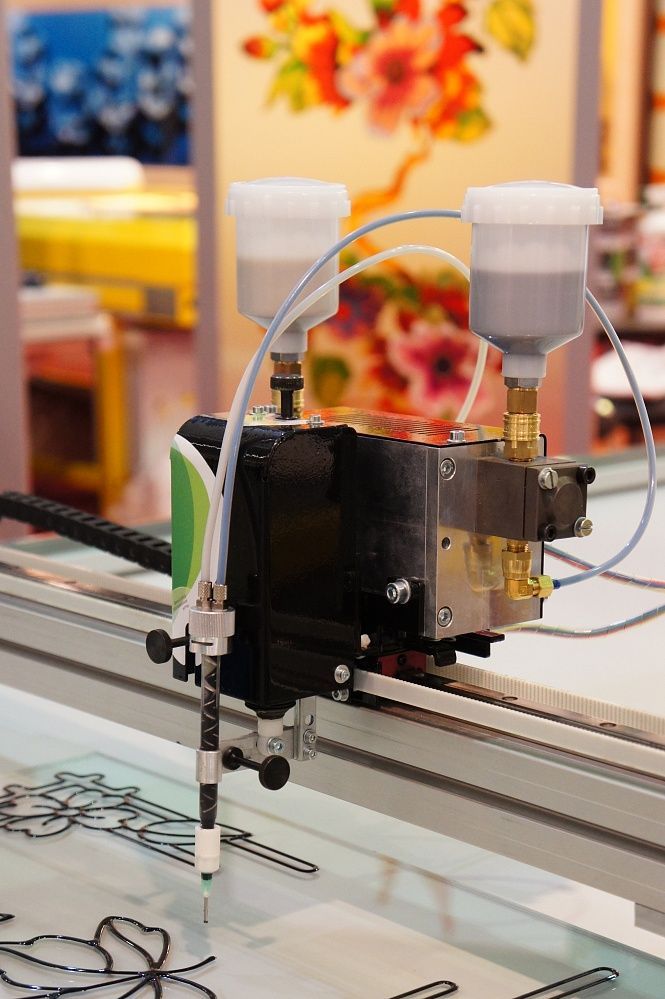
The concept of 3D printing is not new: it first appeared in the 80s. But it's only in the last decade that this technology has been improved enough (and the cost significantly reduced) to become a real mainstream.
3D printers are not much different from regular inkjet office printers. The software tells the printer about the dimensions of the final product. And then the printer starts to output the material to the platform according to the plan. 3D printers often use liquid metals, plastics, cement, and variations of various materials that, when cooled and dried, form a structure.
In a 3D construction printer, the CAD or BIM programs tell the device what to print, and the machine starts layering the material according to the design plan.
3D printers in construction: how do they work?
3D printing concept - The printer extrudes a defined liquid mixture in layers, layer by layer, creating a design based on a 3D model. The prepared mix of concrete, filler, plasticizer and other components is loaded into the hopper of the device and fed to the print head.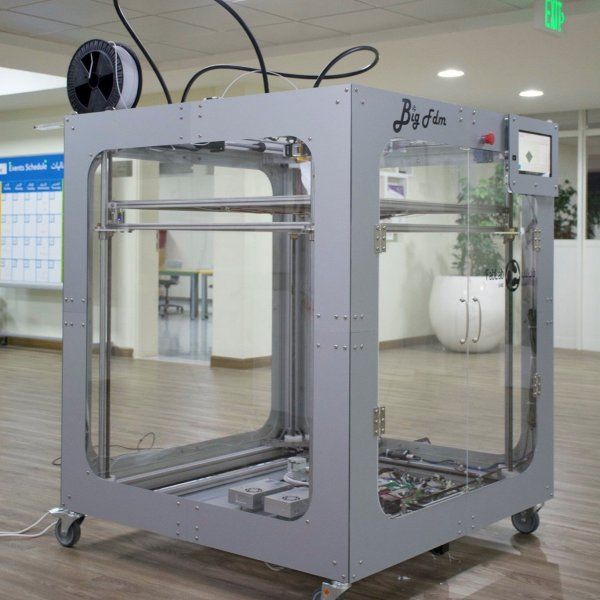 The mixture is applied to the surface of the site or to the previous printed layers. This is how most 3D printers work. Among them, there are three types of devices for 3D printing:
The mixture is applied to the surface of the site or to the previous printed layers. This is how most 3D printers work. Among them, there are three types of devices for 3D printing:
Robotic printer
Read also: New technologies in construction 2021
5 innovative examples of 3D printing
To date, only a few 3D printing projects have been implemented in the construction industry. Here are five of the most impressive and promising projects:
Dubai City Hall Office Building, UAE
1. Dubai City Hall Office Building, UAE
3D printed building. The office block built in the UAE is 9,5 meter high building with an area of 640 m2.
An Apis Cor 3D printer moved around an open-air construction site with a crane and erected various parts of the structure.
2. Office of the Future, UAE
Office of the Future, UAE
Another impressive 3D printed building in the UAE, the Office of the Future is a unique, fairly large structure that currently houses a temporary headquarters organization Dubai Future Foundation.
For this building, the elements were not created on site and were printed in 17 days, while the building itself was assembled in 48 hours.
3. WinSun 3D Printer Homes, China
WinSun 3D Printer Homes, China
WinSun 3D Printing Company of China has also used factory-built 3D printers to build residential buildings. The company has created several house projects, including a small multi-storey building. All construction details can be printed quickly and cheaply and then quickly assembled on the construction site.
The company estimated that it would cost as little as $161,000 to build and print their five-story building.
4. 3D printed license plate at Lewis Grand Hotel, Philippines
3D printed license plate at Lewis Grand Hotel, Philippines
When planning a trip to the Philippines, consider staying at the Lewis Grand Hotel in Angeles City , Pampanga, where visitors will be greeted with the world's first 3D printed hotel suite. The hotel room was designed by Lewis Jakich, hotel owner and materials engineer, in collaboration with 3D printing specialist Anthony Rudenko. They created a massive 3D printer that prints sand and concrete based on volcanic ash. The room was printed in 100 hours.
The hotel room was designed by Lewis Jakich, hotel owner and materials engineer, in collaboration with 3D printing specialist Anthony Rudenko. They created a massive 3D printer that prints sand and concrete based on volcanic ash. The room was printed in 100 hours.
5. Two-story mansion in Beckum, Germany
Two-story mansion in Beckum, Germany
The first 3D-printed residential building with an area of about 80 square meters - the brainchild of the German construction company PERI GmbH and the architectural design bureau MENSE-KORTE ingenieure + architecture. A BOD2 3D printer was used to print one square meter of double wall cladding in 5 minutes. The building is a structure with three-layer hollow walls filled with insulating mass. Installation of hollow pipes and connections during printing was carried out manually.
3D printing in construction seems really impressive, but what are the real benefits of such technology?
How can 3D printed designs help construction companies?
Proponents of 3D printing houses and commercial offices point to several advantages of this construction method:
- Zero waste construction
In the UK, almost a third of the waste comes from the construction industry. According to the Transparency Market Research Group, the construction industry worldwide will produce 2.2 billion tons of construction waste by 2025. And although most of the waste is related to the demolition of buildings, the construction sites themselves produce a lot of waste.
According to the Transparency Market Research Group, the construction industry worldwide will produce 2.2 billion tons of construction waste by 2025. And although most of the waste is related to the demolition of buildings, the construction sites themselves produce a lot of waste.
In contrast, 3D printing can reduce waste to almost zero. A 3D printer uses a well-defined amount of material that is required to print a design - no more, no less. This can be a big savings.
- Reduced energy consumption
3D printing in construction encourages the use of locally available materials and natural ingredients. This practice can reduce energy costs in transportation, construction and manufacturing, as most local materials require less energy to process or install. If traditional materials with toxic chemical impurities are replaced with natural ones, then the toxicity of the entire construction can be reduced. In addition, local materials are often better suited to local climates and can reduce a building's heating or cooling load, which also reduces construction costs.
- Save time and money
As with AI in construction, a 3D printer can run 24 hours a day, 7 days a week. This means construction projects have the potential to be completed much faster and a number of low-skilled labor costs can be avoided. What's more, 3D printing eliminates the need for temporary structures, such as formwork and scaffolding, that are commonly used in traditional construction. Studies of 3D printed concrete structures have shown a significant reduction in formwork requirements, reducing costs by 35-60%.
- Can realize unusual design shapes
One of the most attractive characteristics of 3D printers is their ability to create complex and unusual design designs, including a single, unique one. Since the job of a 3D printer is to layer the material, they can be programmed into absolutely any unusual shape that would be much more difficult to create with traditional techniques.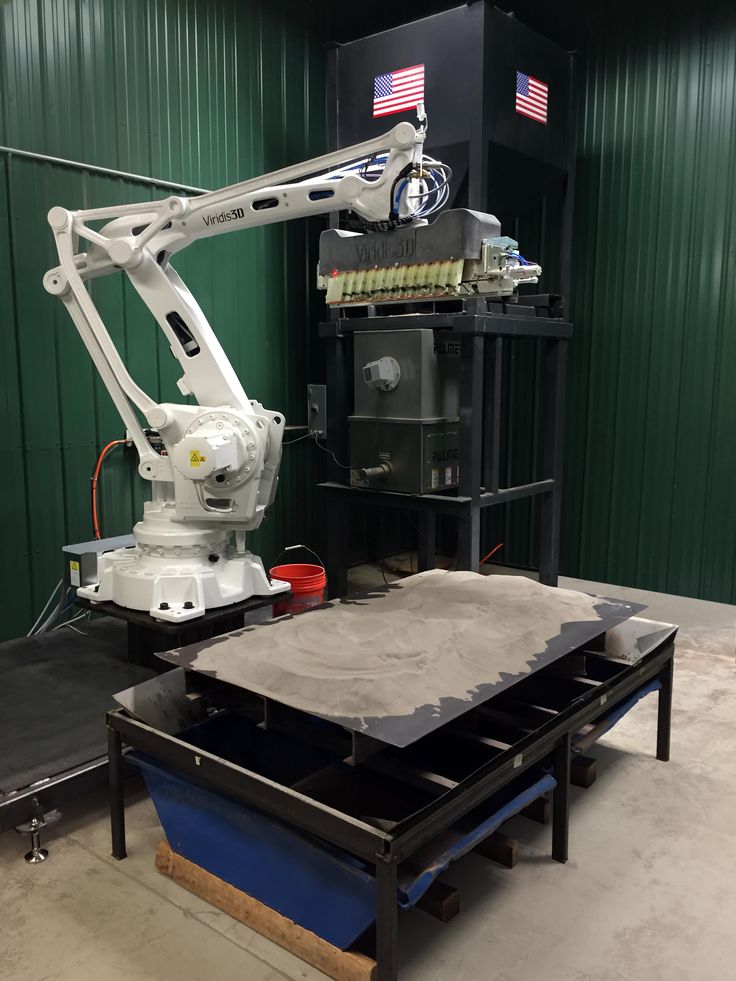
- Minimize human error and improve safety
The published injury statistics at the workplace by the American agency BLS in 2020 indicates that construction is one of the injury-prone areas and a high incidence of diseases. Every day, about 5333 workers die on the construction site. And with the advent of 3D printing, the number of work injuries and fatalities will obviously decrease, as it makes construction more programmable and automated. Robotic construction requires standardized, accurate and complete digital building information, making this technology more accurate and efficient, with minimal rework due to human error or any information inconsistencies. The usual problems with materials and components that need to be stored somewhere, protected from damage are leveled out, problems with installation and work in progress due to damage also disappear - 3D elements are created as they are built, they do not need to be moved and stored.
- Exploring new markets
The use of a 3D printer also allows construction companies to enter new market sectors that were previously inaccessible to them. And for start-up companies, having a 3D printer will be a competitive advantage. What's more, 3D printing is a brilliant way to elevate or improve the reputation of a construction company's brand among those who believe that concrete production has an impact on the planet's environment.
Distribution of structural 3D printing
3D printing for structural reinforcement, small scale components and structural steel could revolutionize design, construction and space exploration. In addition, the European Space Agency (ESA) believes that using 3D printed metals to create high-quality complex shapes can significantly reduce their cost, and they will become very common.
ESA has developed a project with the European Commission to improve the printing of metal components that can be used in space. In total, 28 European partners have united for the joint project AMAZE (Additive Manufacturing Aiming Towards Zero - layer-by-layer 3D printing for zero waste from production and efficient production of high-tech metal products).
In total, 28 European partners have united for the joint project AMAZE (Additive Manufacturing Aiming Towards Zero - layer-by-layer 3D printing for zero waste from production and efficient production of high-tech metal products).
Almost everything can be designed on a computer, so AMAZE plans to install a 3D printer on board the spacecraft, and as soon as an astronaut needs any part, a tool, he can simply print it.
Structural 3D printing
Civil engineering 3D printing
Civil engineering 3D printing has been gaining popularity over the past decade, as has the aerospace and biomedical industries. This revolutionary manufacturing technique is based on its unique ability to create any geometric shape without any formal restrictions, minimizing waste but increasing productivity and results. The construction industry's push towards automation has recently reached important milestones, including the creation of the first structures using robotic "arms" and 3D printing technology.
The use of 3D printing in the creation of structural elements from polymer materials, concrete and metals is becoming more common.
These civil engineering technicians can create free-form and innovative architectural designs using CAD-integrated software.
However, despite significant research in the aerospace and bioengineering industries to evaluate and analyze this mechanism, there is still a lack of understanding of its use, the impact of 3D printed materials in civil structures, both in terms of material properties and structural response.
Imperial College London
Read also: Best Building Apps in 2021
WIKI HOUSE - 3D printing in construction: what is the concept behind
Wiki House is an innovative project created by a small group of architects in London in 2011 . It offers an open source digital house design system that allows users to create, upload and share designs and print their own houses.
The kit does not require any special knowledge and training and can be created in 1 day.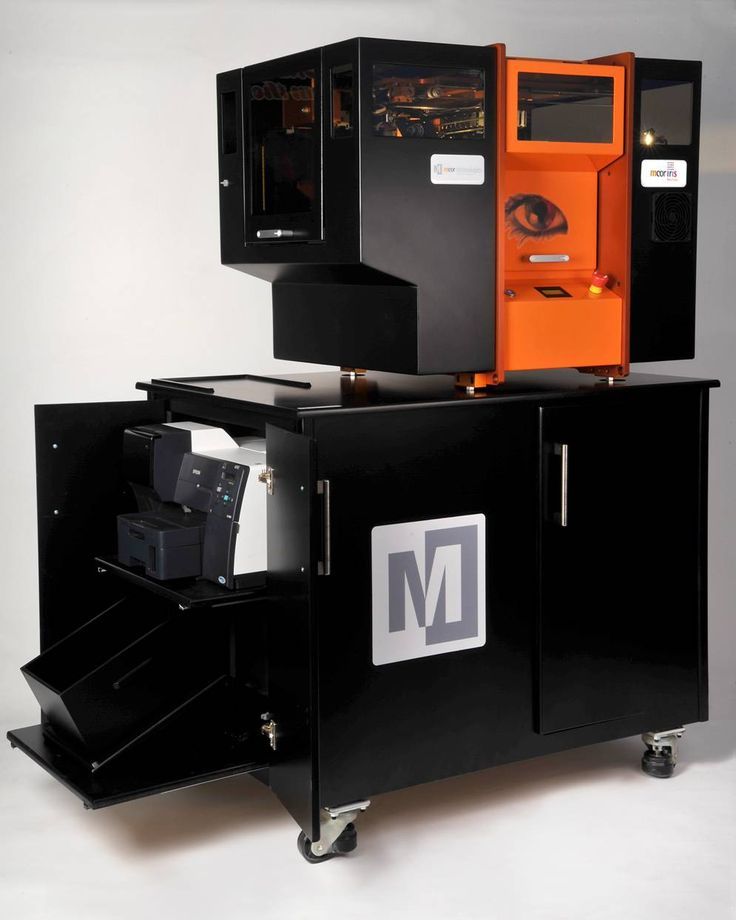 Elements are digitally cut from ordinary sheet material, like plywood, using a CNC machine. And it's much faster, less costly, and doesn't require the involvement of experts, as in conventional traditional construction.
Elements are digitally cut from ordinary sheet material, like plywood, using a CNC machine. And it's much faster, less costly, and doesn't require the involvement of experts, as in conventional traditional construction.
A standard two bedroom house can be built for less than £50,000 and additional components such as cladding, insulation, windows and more can be added to the main frame of the structure. The first house that was built on the basis of the open source Wiki House technology was a two-story building. The 3D printed house was presented at the London Design Festival in 2014.
The Wiki House movement was spearheaded by Alastair Parvin, whose TED presentation "Architecture for People, Built by People" talked about the promise of 3D printing in construction. The creator of this project believes that Wiki House can help solve the housing problem, especially in emergency situations such as earthquakes (there is already evidence that 3D-printed houses can withstand shocks up to magnitude 8).
In the future, this could become a real alternative to low-cost houses while allowing the customer to control the design of the project.
3D building built using Wiki House
Will 3D printing be the sustainable future of building?
3D printing has the potential to revolutionize the supply chain and structure through a new method of design and manufacturing. According to the study, 3D printing can help the construction industry become more economical, more efficient and greener.
Saxon University of Applied Sciences scientists Ivo Kotman and Neils Faber claim that 3D printing technology will be a "game changer". They explored the possibilities of 3D printing concrete, and their conclusions are:
- 3D printing shortens the supply chain and the overall design process. 3D printing right on the job site eliminates time-consuming steps in the design process. The architects, engineers, contractors, clients, and executives who normally have to be actively involved in a project are no longer needed in 3D printing.
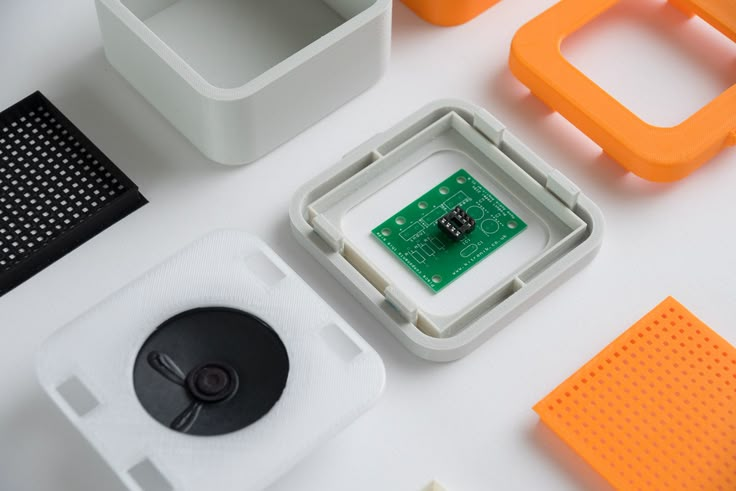 Since all tasks can be combined in one figure of the architect, who uses the modeling method and reproduces the exact holistic designs.
Since all tasks can be combined in one figure of the architect, who uses the modeling method and reproduces the exact holistic designs. - Pipe fitting and electrical wiring become easier and more efficient. Heating systems, insulation, plumbing and electricity all require the laborious on-site installation of conventional construction. However, in 3D printing, some of these features can be incorporated into the 3D printing process. Cavity wall printing is less resource intensive, improves insulation, and allows the use of 3D-printed hot or cold water channels. Moreover, the need for on-site installation is eliminated, which directly affects the reduction of waste.
- The best logistics. 3D printing eliminates 3 logistics and shipping issues. Firstly, many materials and elements often deteriorate upon delivery, and if everything is printed on site, then damage is minimized
Secondly, in order to withstand transportation, the parts must be with increased technical characteristics, which by default increases the cost of them, and therefore the entire project. 3D printing right on the construction site will help to avoid such additional costs.
3D printing right on the construction site will help to avoid such additional costs.
- Creation of individual house designs available to the general market. Usually, building a house with the involvement of an architect is an expensive pleasure for most consumers. But with concrete 3D printing, you don't have to worry about the chosen shape, it won't cost more. In fact, this means that in the future, more people will be able to buy houses of their own design, according to their individual needs
Reverse side of the coin
While 3D printing is definitely attractive, it's still important to look at it impartially, removing some of the promotional stimulus. Skeptics note several disadvantages of this technology.
- Research and development costs
Most construction companies operate with relatively low profitability. To start using 3D printing everywhere, significant investments will be required.
- Will consumers see this as a marketing ploy?
3D printed houses, offices, shops and other infrastructure are often impressive. But do most people really want to live or work in one? For most people, brick houses are much more familiar and attractive. Other technologies such as prefabricated houses also seemed like an attractive technology of the future for some time, but have not been widely adopted, despite the fact that in many cases they were cheaper than traditional ones.
- Difficulty integrating with other components
3D printers can create unique and interesting designs. However, if you need a building that will use different materials or different elements that will not be suitable for 3D printing, then it will be a challenge to include a 3D printer for the building process.
- Lack of skilled labor
With the current problem of a shortage of skilled labor in the construction sector in general, 3D printing will require an even larger set of specialized knowledge and skills, which will have to be selected from an already small niche of candidates. So finding specialists to work in 3D printing for construction may be another difficult task in the future.
- Construction quality control
Weather conditions can slow down the traditional construction process, but things are even worse for 3D printing. The environmental factor for commercial construction may reduce the demand for 3D printing. What's more, quality control can be a much more serious task, requiring constant monitoring of the process by real people at the construction site.
- No standards and regulations
Despite the regular mention of 3D printing in the media, it still has not had a significant impact on the construction sector.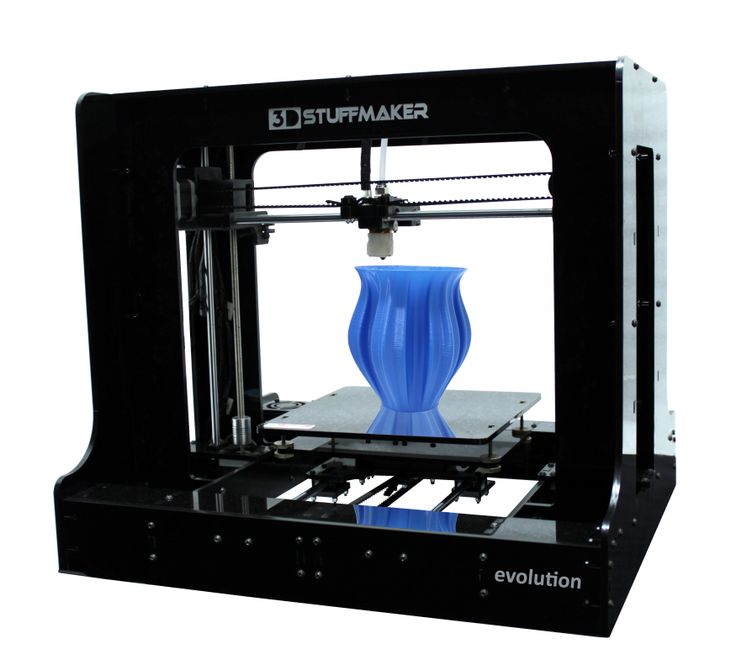 There is an obvious liability issue when using these printers, even more so than human liability when doing some construction work. And quite a few other ambiguities regarding this technology. So until norms and standards are established, as well as rules in this area, 3D printing is unlikely to become mainstream in the construction industry.
There is an obvious liability issue when using these printers, even more so than human liability when doing some construction work. And quite a few other ambiguities regarding this technology. So until norms and standards are established, as well as rules in this area, 3D printing is unlikely to become mainstream in the construction industry.
Read also: New technologies in construction 2021
How can 3D printing be integrated with construction?
At the moment there is strong evidence that 3D printing is worthy of attention and can be applied in the construction segment, and most likely that this technology will be used more in the coming years. True, it is not known how widely these devices will be used on the construction site, or whether they will remain only a tool for the manufacture of block elements for prefabricated structures. But for certain projects, it is reasonable to assume that 3D printers and this technology in construction will be a must-have tool in the arsenal of builders.